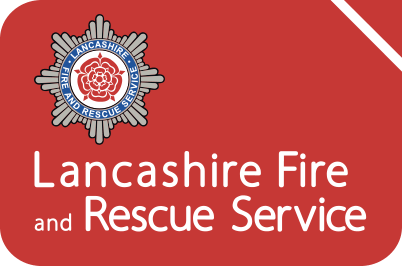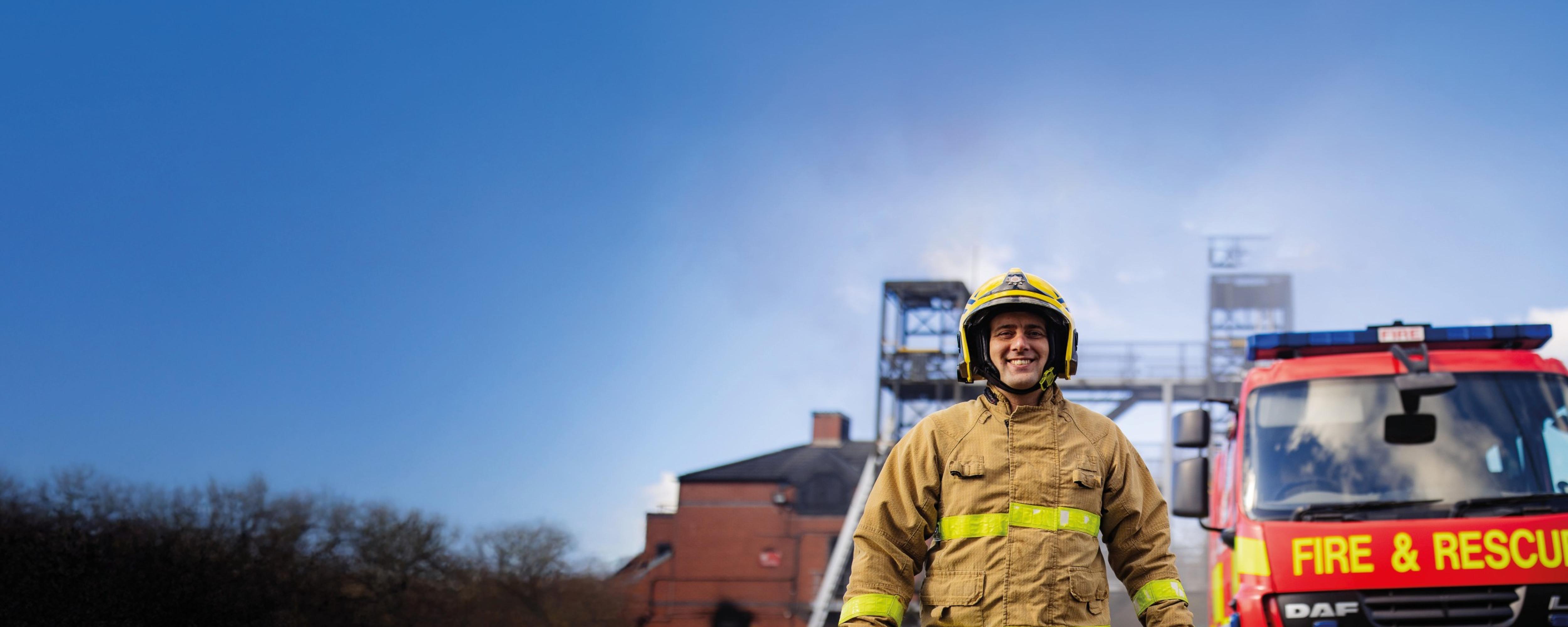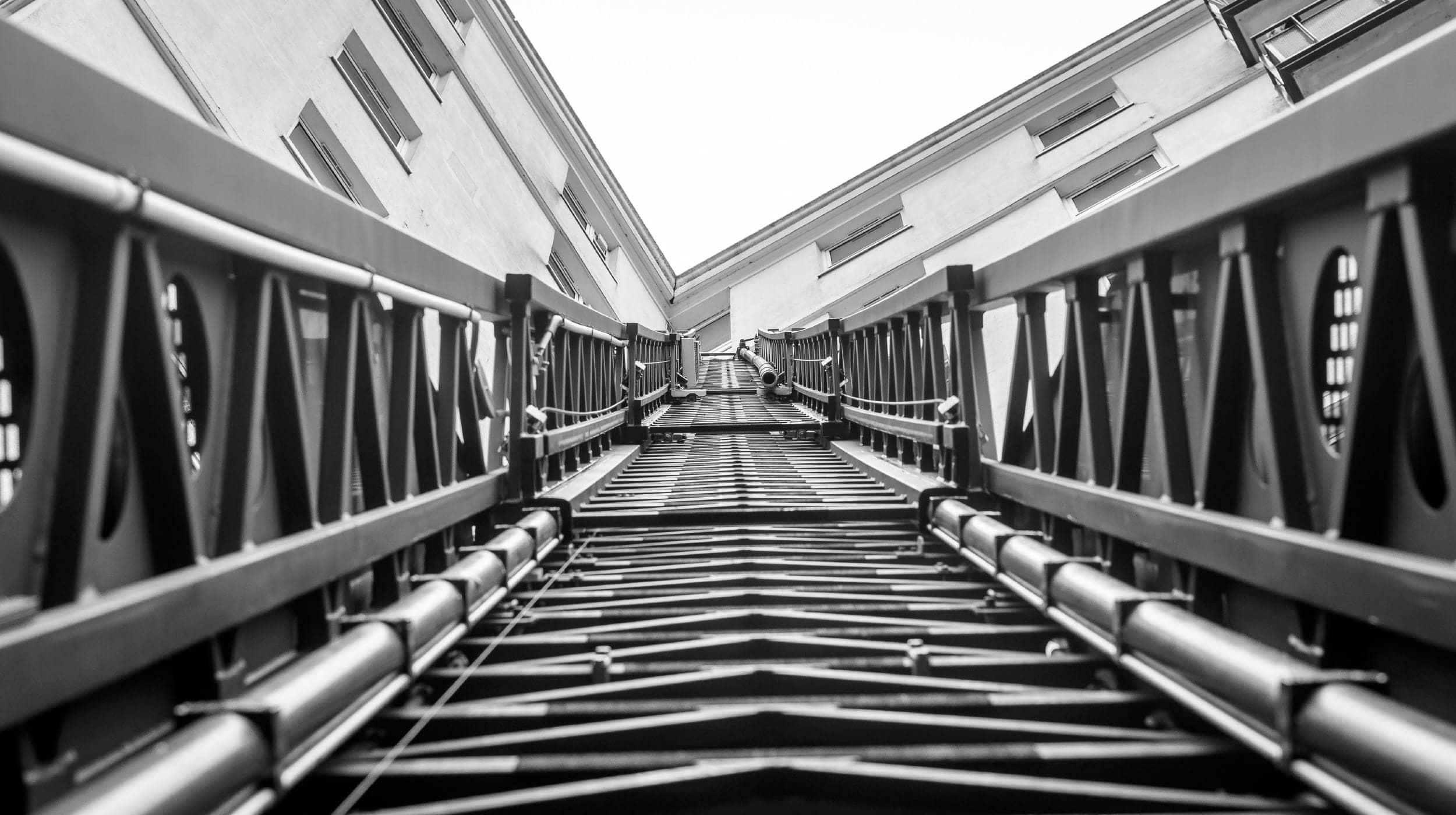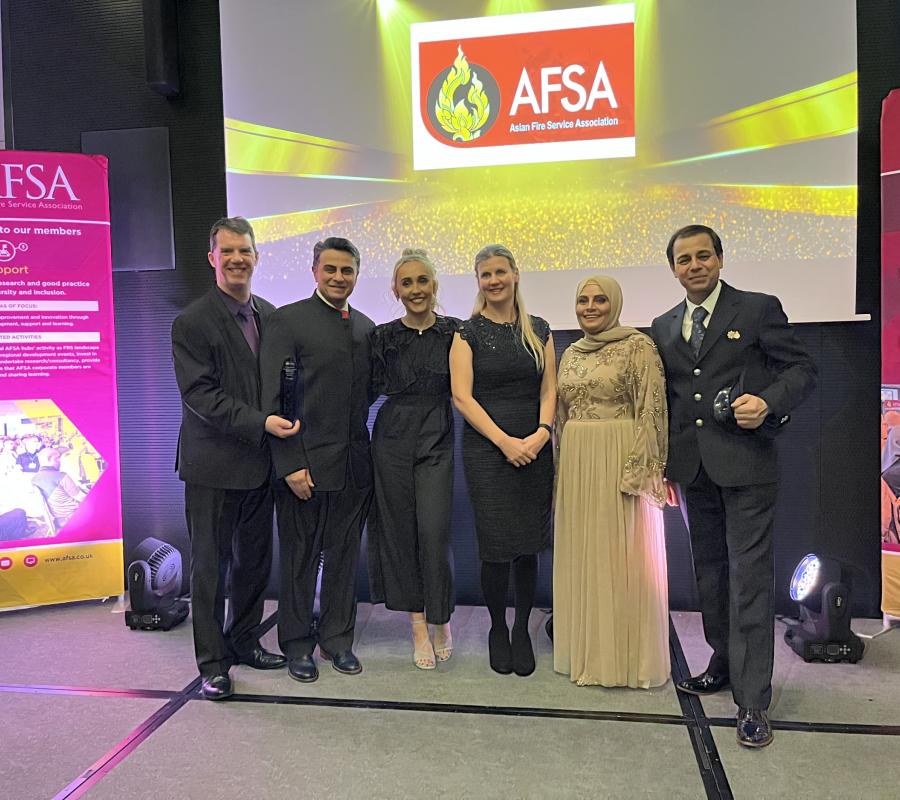Support throughout your on-call journey
From application to fitness tests and interviews, our dedicated on-call support officers are here to guide you every step of the way. Based across Lancashire, each officer supports several fire stations, offering tailored advice and a strong understanding of local communities and challenges.
Find contact details for your local support officer and drill night information for your local station on our website. Please note: not all fire stations in Lancashire operate an on-call service or have a dedicated support officer.
On-call firefighting is designed to fit around your life and your employment.
Whether you’re employed, self-employed, studying, or at home, you can make it work. Many employers actively support on-call firefighters — helping to make Lancashire safer while benefiting their own workplace. It’s a partnership that works for everyone: the community, the fire service, and businesses.
If you’re interested in joining, we can support you in starting the conversation with your employer. Employers can find out more about the benefits of supporting on-call firefighters here.





